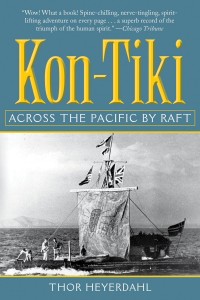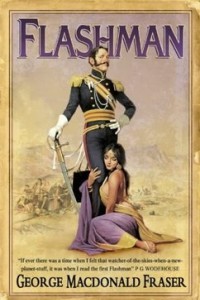“Am going to cross Pacific on a wooden raft to support a theory that the South Sea islands were peopled from Peru. Will you come?”
NO MAJOR SPOILERS
In 1947, Norwegian explorer Thor Heyerdahl and five Scandinavian associates climbed aboard a balsa-wood raft in the Peruvian harbour of Callao and set sail for the Polynesian Islands, more than 4000 miles away. They had never built or sailed a raft before and had little or no sea-going experience at all.
Most expert mariners believed that the journey was not only impossible, but quite probably fatal. However, Heyerdahl had an unshakeable belief that ancient Peruvians had made the same hazardous, three month-long journey themselves many hundreds of years ago, so it HAD to be possible, didn’t it?





